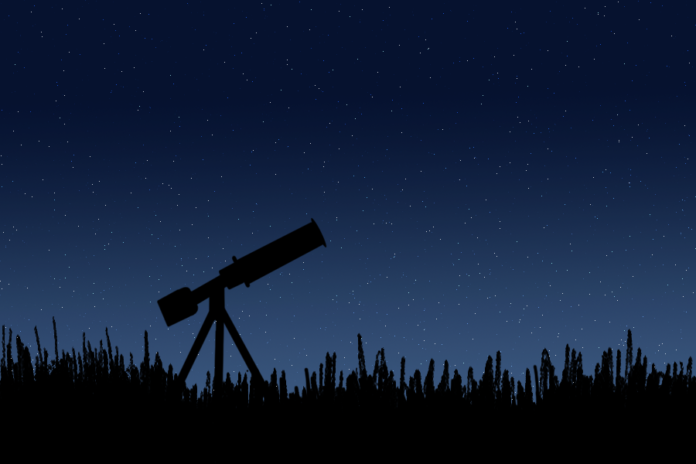Knowing what makes up a galaxy can tell us about how it first formed
By LILLY ACKERMAN — science@theaggie.org
A new study from researchers in UC Davis’s Department of Physics and Astronomy measured the composition of oxygen in the Markarian 71 galaxy, which is about 11 light-years from Earth.
The researchers looked to improve upon previous methods for measuring galaxies’ oxygen composition, which have been in question in the field due to a consistent discrepancy between results.
Oxygen is the element of choice to measure when exploring galaxy formation because it is abundant in galaxies, third only to hydrogen and helium. Measuring hydrogen or helium composition does not give insights into when or how galaxies formed, since these elements existed before stars and galaxies arose in the universe. On the other hand, oxygen and other heavier elements only came into existence once stars began creating them via nuclear fusion, making these elements more useful in analyzing the birth of galaxies.
According to Dr. Ryan Sanders, a postdoctoral researcher in the department and a co-author on the study, two methods have been widely used to measure oxygen concentrations in galaxies. They both rely on spectroscopy, which breaks the light from a galaxy into its individual colors, each corresponding to a certain wavelength of light.
“Atoms of different elements emit light at a combination of very specific wavelengths (colors), and we can use the unique fingerprint of wavelengths from each atom to measure the chemical makeup of the gas in a galaxy,” Sanders said via email.
One method involves finding the temperature of the gas inside a galaxy and using this temperature value to calculate the amount of oxygen. The other requires extremely precise measurements of oxygen emission features using state-of-the-art telescopes.
“The problem is that these two techniques do not agree,” Sanders said. “The temperature-based method gives oxygen abundances that are a factor of 2 lower than the temperature-independent method [does]. Unless we know which of these two techniques gives the right value, we can’t be certain about the exact chemical makeup of galaxies.”
A theory has been proposed to explain this disagreement; if the temperature is different throughout different regions of a galaxy, then the temperature-based method would give inaccurate results. However, these temperature fluctuations have not been proven to exist yet.
In this recent study, the authors used a different temperature-independent method that they could compare to the two disagreeing methods, allowing them to determine which method is accurate. Instead of solely using light in the visible spectrum, the new method also used spectroscopy in the infrared spectrum, which is not visible to the human eye.
The observations were taken with a telescope called SOFIA, which is flown in a 747 airplane to a height of 40,000 feet, where it has an easier time observing these infrared wavelengths.
“In the galaxy we observed, we found that the infrared method agrees with the temperature-based optical method,” Sanders said. “This result implies that large gas temperature fluctuations are not present in this galaxy and that the optical temperature-based method is accurate.”
Sanders noted that despite this groundbreaking finding, it will need to be tested in other galaxies in order to safely say that the temperature-based method is truly accurate for measuring galaxy composition.
However, in the meantime, this study serves as an important first step in improving the accuracy of composition measurements. It also informs scientists that the James Webb Space Telescope (JWST), which makes use of spectroscopy with the temperature-based method, has likely been taking accurate measurements of galaxies’ oxygen composition.
“Our results provide important evidence that measurements of galaxy chemical makeups from JWST are reliable,” Sanders said. “Knowing that, we can use these chemical composition measurements to understand how some of the first galaxies formed.”
Written by: Lilly Ackerman — science@theaggie.org





